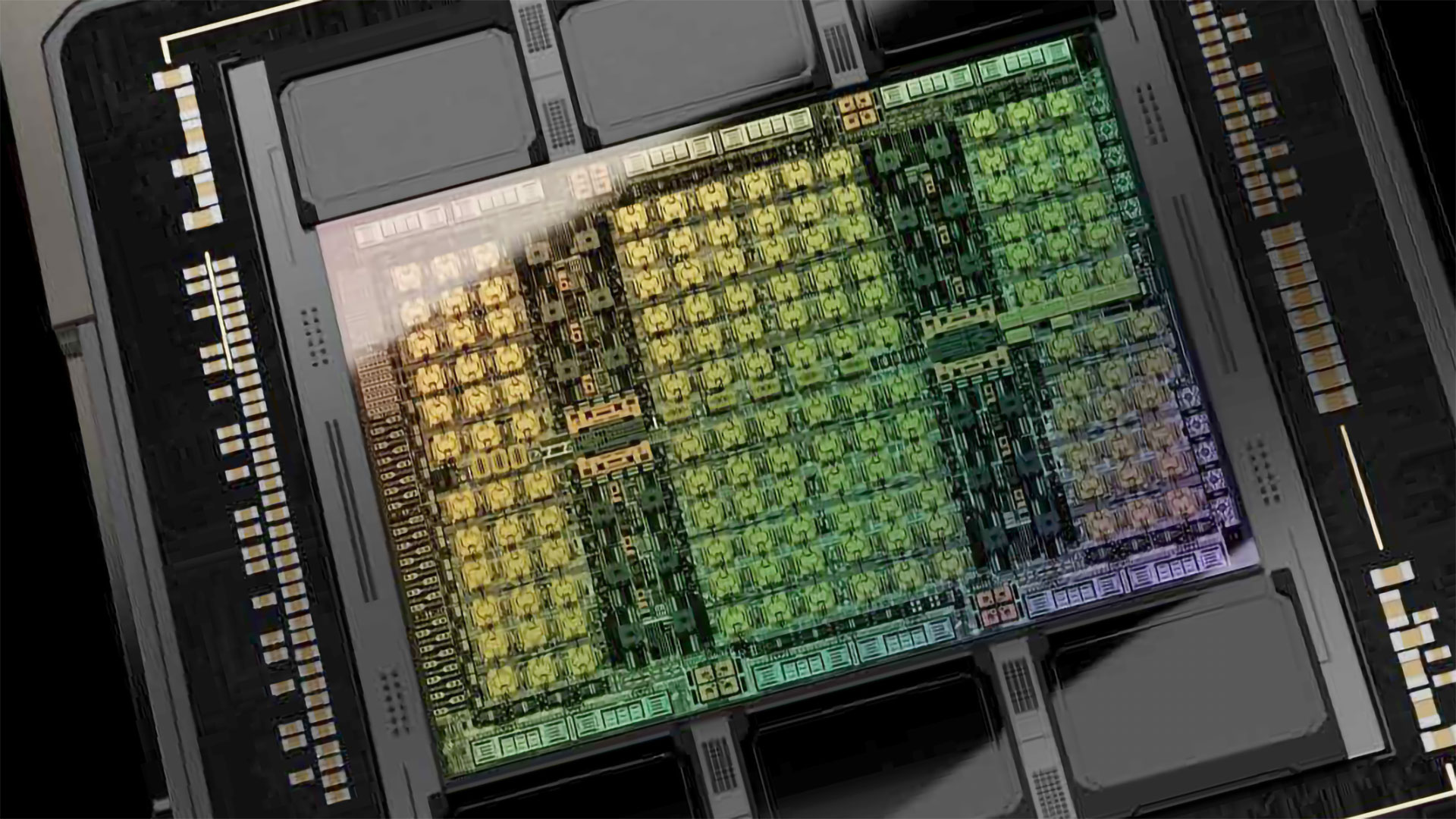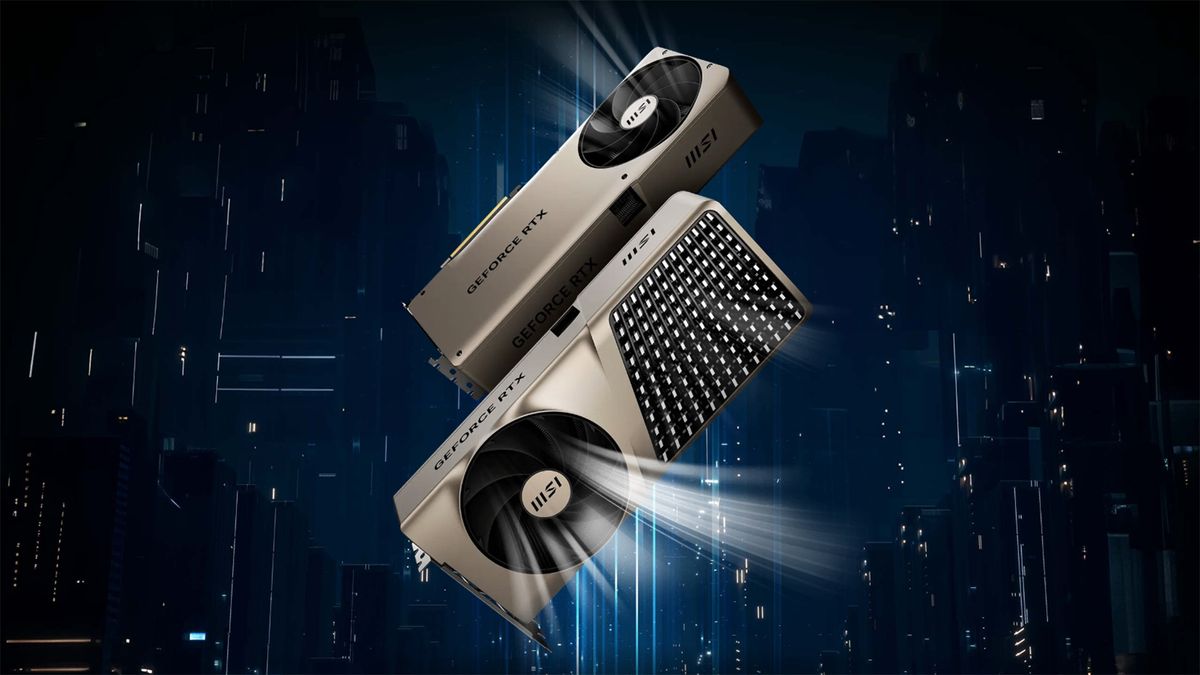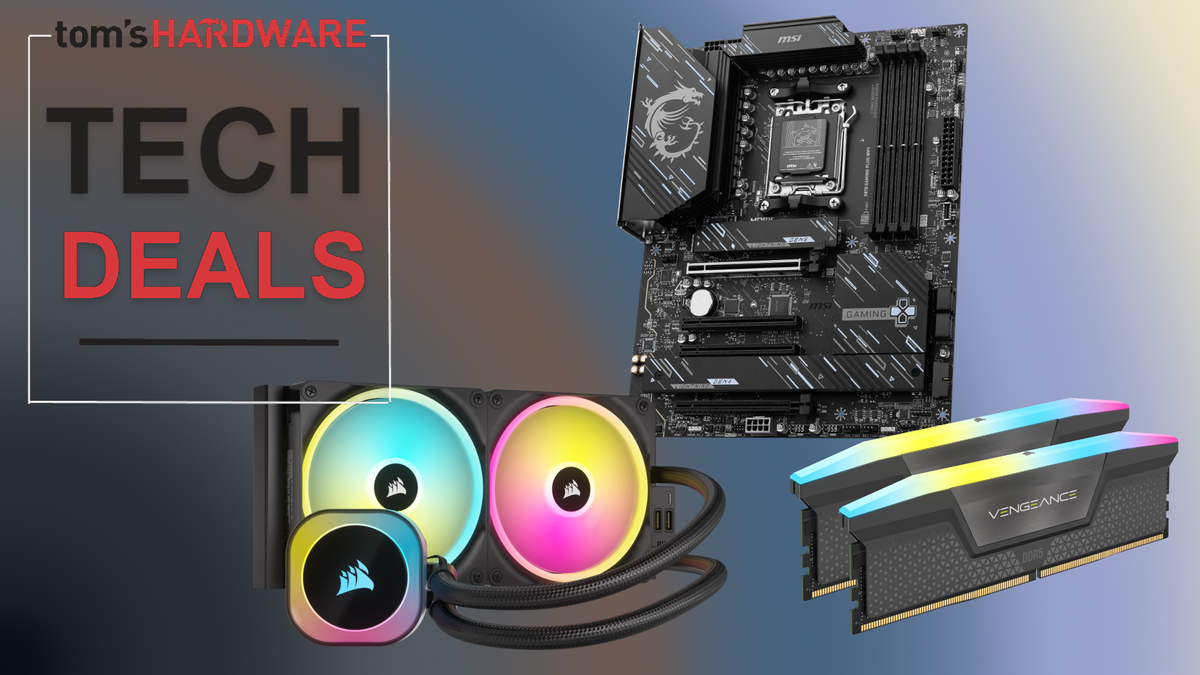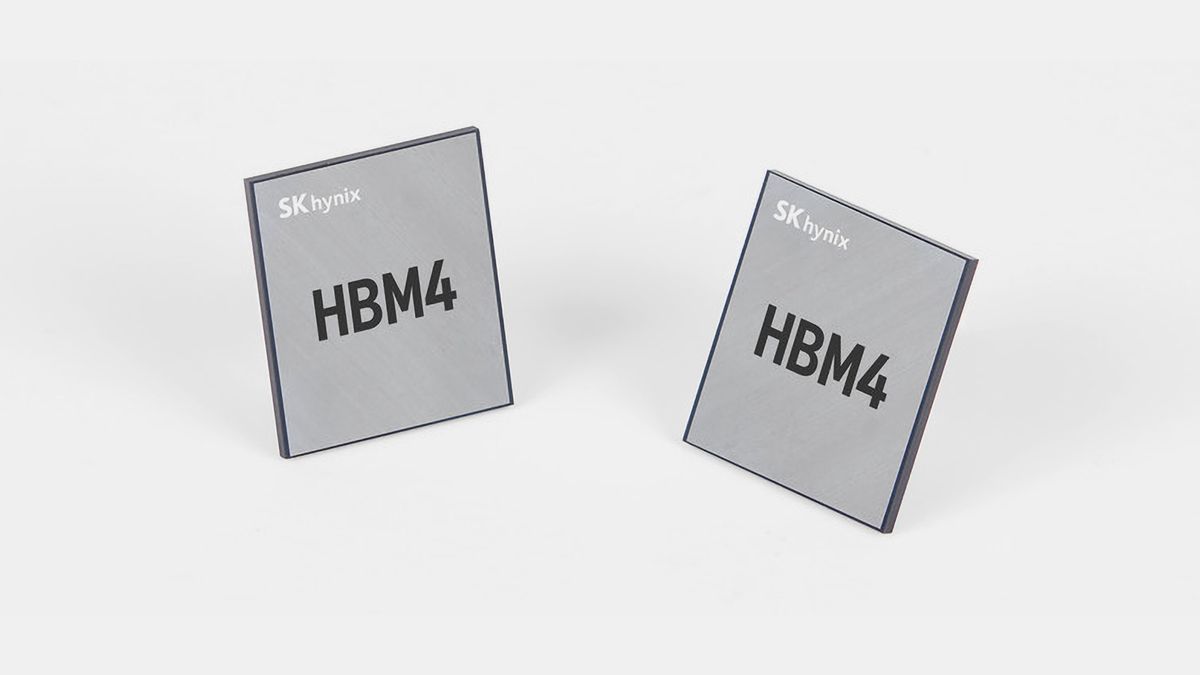Nvidia has informed Chinese clients that the stock of its H20 HGX GPUs for AI is limited and production will not resume, despite a recent policy shift by the Trump administration allowing exports of these processors to China, reports The Information. The company plans to fulfill only existing orders using current inventory, but will not produce any more H20 products. Apparently, Nvidia is preparing a B30 GPU that will rely on the company's latest Blackwell architecture, reports the Commercial Times.
Nvidia halted production of H20 silicon earlier this year as its exports were restricted by the U.S. government. The company had to cancel orders and abandon capacity reserved for H20 production at TSMC. Additionally, the company took a $4.5 billion write-down in the first quarter related to unsold inventory resulting from the April ban. Recently the Trump administration reconsidered its export rules and allowed AMD and Nvidia to sell their Instinct MI308 and H20 AI accelerators to China-based entities without an export license. However, it does not look like Nvidia plans to resume production of H20 anytime soon, as TSMC did not confirm new orders H20 orders last week.
"[W]e did not receive the signal yet, so it is too early to give you an estimate," said C.C. Wei, chief executive of TSMC during the company's conference call. "But certainly, it is good news, right? I mean that China is a big market, and my customer can still continue to supply the chip to the big market, and it is a very positive news for them and in return is a very positive news to TSMC. Whether we are ready to increase our forecast, not yet. Another quarter, probably will be more appropriate to answer your question."
Two individuals familiar with the matter cited by The Information said TSMC's fabs are operating at full utilization and have reassigned the H20 capacity to other customers. TSMC's cycle time for N4-based chips is around three months, so even if the contract chipmaker restarted production of H20 today, end users would only get it in late October or early November. But it wouldn't make sense to restart production of a Hopper-based GPU considering the fact that Nvidia already has Blackwell, a more efficient architecture.
Indeed, according to Commercial Times, Nvidia is prepping its Blackwell-based B30 GPU for AI applications. The unit is said to be 10% to 20% slower than H20 (which will likely please the U.S. lawmakers and hardliners on China), but its price is reported to be about 30% to 40% lower as well. Since the Blackwell architecture is more efficient than Hopper, the B30 (or whatever its final name will be), could end up being smaller than the H20 while still meeting performance density U.S. export control requirements. This will reduce costs of China-bound AI GPUs for Nvidia, which will help it to maintain or even increase its gross margins.
Of course, Nvidia itself hasn't confirmed anything about these reported Blackwell-based GPUs for the Chinese market. The company has to offer competitive performance compared to AI accelerators from companies like Biren or Huawei, yet meet U.S. export restrictions for high-performance GPUs. We can only wonder whether H20's successor will be based on the original Blackwell, or the Blackwell Ultra architecture that features enhancements for FP4 performance. Take all the information about Nvidia's next-generation AI GPU for China with a grain of salt until we learn more.
Follow Tom's Hardware on Google News to get our up-to-date news, analysis, and reviews in your feeds. Make sure to click the Follow button.

 4 months ago
75
4 months ago
75






 English (US) ·
English (US) ·